Dewilding Basingstoke
One thing leads to another. This all harks back to the saga of Basingstoke’s beleaguered Common Toads, a story that not only continues but also evolves. So as summer approaches, and all those young toadlets leave their breeding ponds, perhaps an alternative title for this blog might be ‘Toad Rage – metamorphosis’.
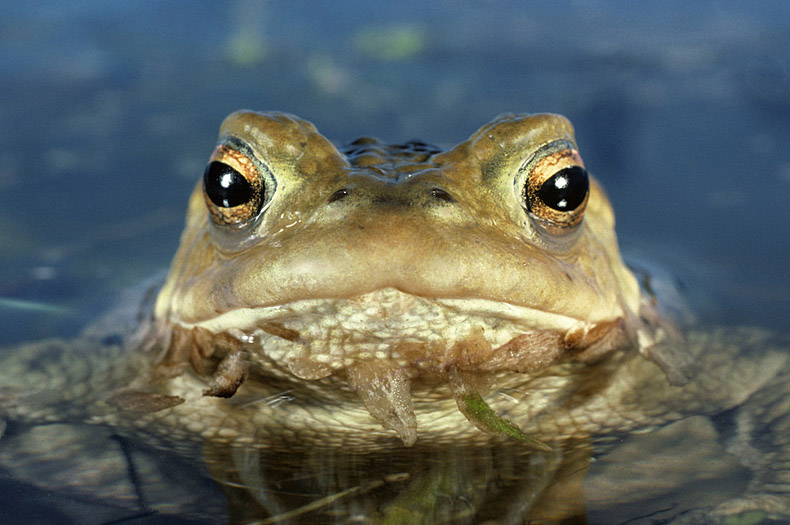
To readers not familiar with the Toad Rage blog mini-series, the background has to do with a formerly quiet Hampshire byway called Cufaude Lane, located on the built-up but still rural margins of Basingstoke. During spring migration hundreds of amphibians get squashed on the lane despite the best efforts of volunteers; and further increases in traffic numbers loom on the horizon. My original involvement was borne out of a concern for animal welfare – wanting to help save toads from being squashed by cars to be specific. But as with all these things, the more involved you get the more you learn and the wider your interests spread.
A nod to amphibian conservation is made during the planning process but it was depressing to realise that this is as far as it goes. Councils and their planning departments have no legal responsibility, and certainly feel no moral obligation when decisions they make result in unintended but entirely predictable mortal consequences for wildlife away from any given development. What I mean of course is that by allowing more houses to be built more cars use the roads to and from new developments. That’s an annoyance rather than a real issue with most roads, but for environmentally-sensitive byways the consequences are catastrophic. My interest was piqued when it became clear that Basingstoke and Deane BC were entertaining the idea of constructing even more houses in the area, this time immediately adjacent to Cufaude Lane’s Toad-killing zone. The proposed development (on land that just happens to be owned by Hampshire County Council) would not only eat away at the amphibians’ terrestrial habitat but also add more cars to the road. I get the impression that some might see this as a positive outcome: add enough cars into the mix and before long all the amphibians will have been squashed, and those annoying toad-huggers will have nothing to shout about.
A while back I attended a meeting where representatives from Basingstoke & Deane BC and Croudace Homes (developers associated with the proposed Upper Cufaude Farm site) were present. Understandably, I was curious to know how many cars would be added to Cufaude Lane traffic by the proposed development. I was assured that their methodology complied with Department of Transport guidelines and that 350 houses and a new school will only generate 4 more cars a day using Cufaude Lane. Does that sound reasonable to you? A past life spent dabbling with mathematical modelling, predictions and statistics in the natural world means I am sceptical about forecasts: ask the right questions, analyse the results in an appropriate way and you will get the answer you want. Disraeli had a point when it comes to statistics, as did Andrew Lang. To paraphrase the latter, people ‘use statistics in the same way that a drunk uses lamp-posts—for support rather than illumination’. Anyway, methodology aside, commonsense tells me that surveyors cannot possibly have interviewed any future house owners as to their job prospects and whether or not they would use an obvious short-cut (Cufaude Lane) to and from work if given the opportunity.
In the first round of the proposed development process Croudace Homes used the services of ecological consultants Ecosulis who produced, to my mind, a rather underwhelming report. To my surprise, Croudace Homes have retained their services and Ecosulis have produced a second, more detailed report on their behalf entitled ‘Phase 2 Ecological Surveys’. https://pad.basingstoke.gov.uk/documents/7841/01/20/12/01201210.PDF
I read it and the surprises kept on coming: as well a thriving population of Grass Snakes and bats, they discovered a population of Hazel Dormice on the site, in a hedgerow running right through the heart of the proposed development area. In addition to being adorably cute, Hazel Dormice and their habitats are protected by all sorts of regulations including the Wildlife and Countryside Act 1981; CROW Act 2000; The Natural Environment and Rural Communities Act 2006; and Conservation of Habitat and Species Regulations 2010.
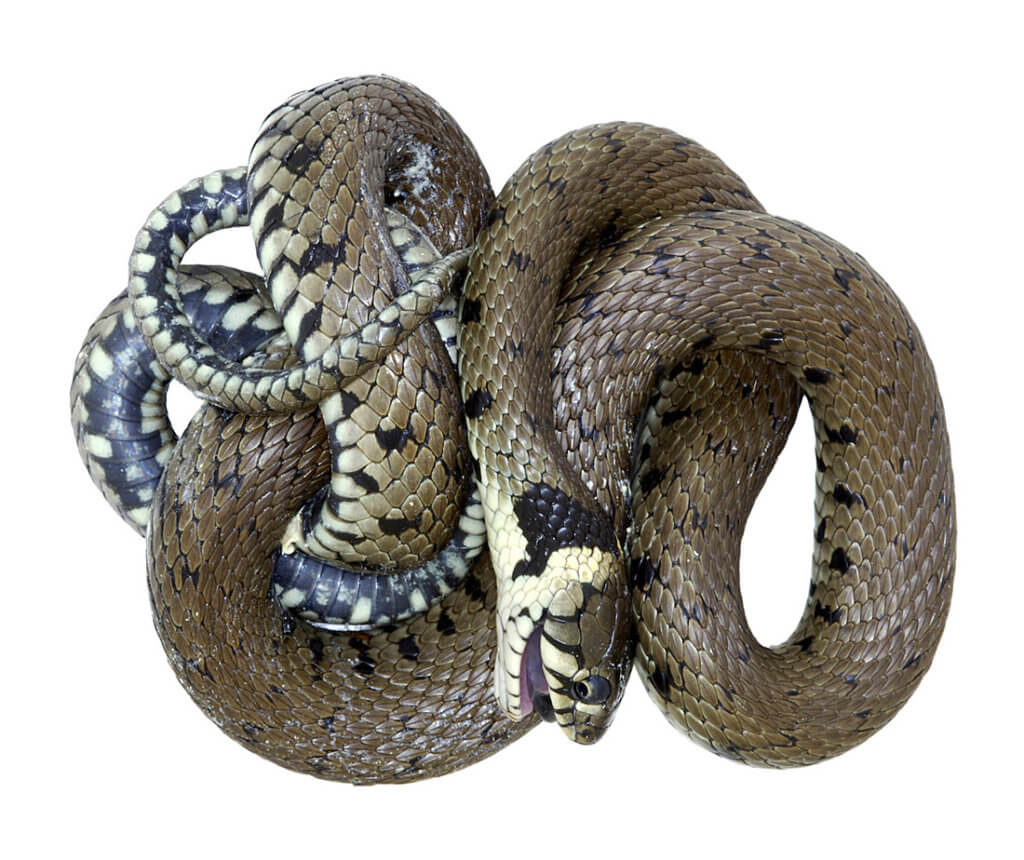
What does a species’ ‘protected’ status really mean in practice? Having experienced firsthand the dismal failings of the law to prevent habitat destruction and disruption to the lives of dormice, I’m not sure. Well, actually I am. If you’ve got a spare hour, have a look at Natural England’s online documentation associated with the species. My attitudes are jaded I know, but what I read seems to provide a developer with all manner of ways for the ‘problem’ of dormice to be overcome, with opportunities for ‘mitigation’ and ‘compensation’ to soften the environmental blow. It makes me wonder whose interests are actually being protected by ‘protected’ species legislation.
In an attempt to restore my faith in the system, I turned to one of Natural England’s dormouse-related documents entitled ‘The Conservation of Habitats and Species Regulations 2017 (as amended) Hazel Dormice – Method Statement template to support a licence application.’ Section D4 deals with ‘Post-development interference impacts: e.g. human activity as a result of new housing development, by new motorway, increased risk of predation from domestic cats, etc. Please also consider other direct or indirect post development impacts which may include disturbance/ injuring/killing.’ With the mention of ‘domestic cats’ in mind I was curious to read what the Ecosulis report had to say. Their recommendation for Upper Cufaude Farm’s Dormice is to leave a 5 metre buffer zone either side of their hedgerow home and plant Hawthorn bushes as a deterrent to cats. Seriously? Have you ever seen a cat in action? What the Dormice need of course is an exclusion zone, not a buffer zone, and in some ways it’s a pity this is Hampshire we’re talking about and not New Zealand.
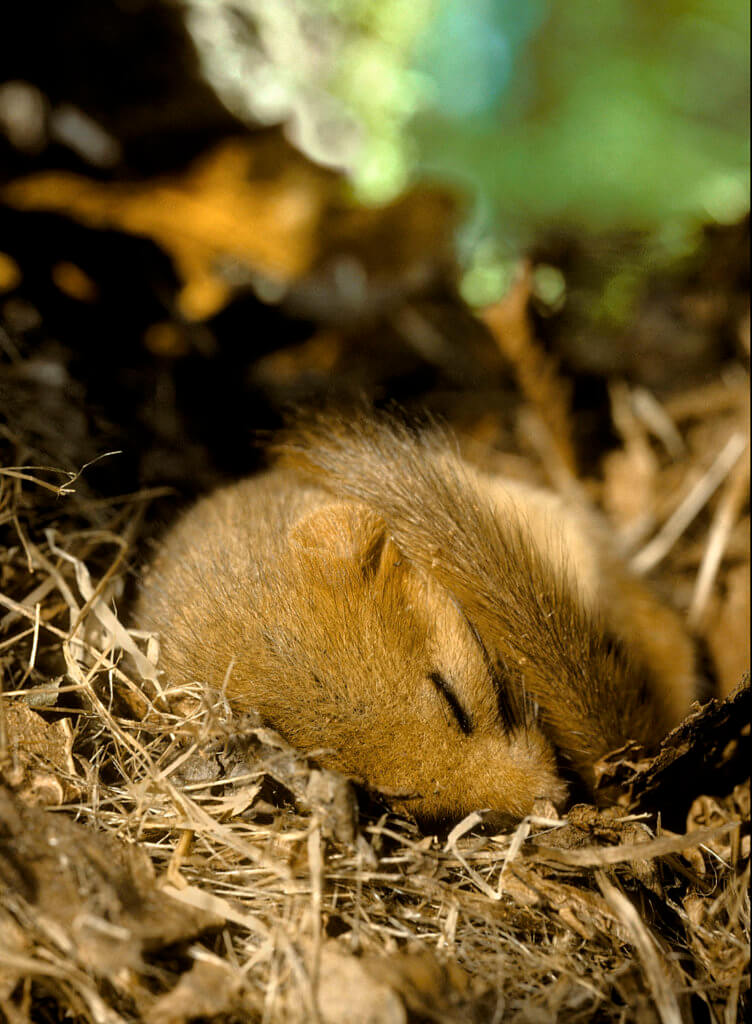
In that part of the Antipodes, native wildlife evolved in the total absence of terrestrial mammals – until man arrived of course, along with a menagerie of cats, dogs, possums, stoats, rats, you name it. The result has been that 42% of native bird species have become extinct since land mammals first set foot, or paw, on New Zealand soil. In many ways New Zealand is a manmade ecological disaster, but this only seems to make those Kiwi Conservationists more determined: they have an uncompromising and ruthless approach to mammalian predator control and nothing is out of bounds. Everything from cyanide to rodenticides, and break-back traps to guns are deployed with maximum-security predator-proof fencing safeguarding key native species in prime locations. It’s probably too much to expect as robust a response at Upper Cufaude Farm as you would get in New Zealand: HMP Upper Cufaude Farm is probably not the look that Croudace Homes is aiming for. But you would hope that even Natural England would demand something a bit more substantial than a few measly bushes to deter the army of cats that will inevitably take over once their human subjects have taken up residence.
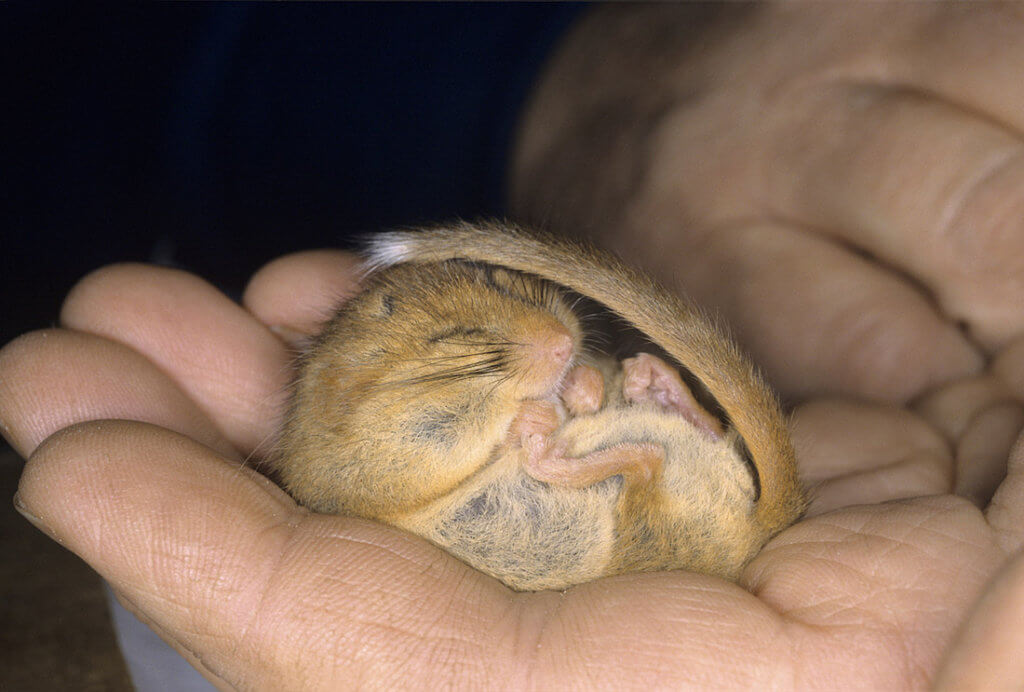
This brings me back to the genesis of Toad Rage and Andrew Cleave who is the driving force behind the Cufaude Lane Toad Rescue team. In a previous life Andrew ran an environmental study centre at Bramley Frith, a mere stone’s throw from Cufaude Lane and its modern developments. It was a wonderful remnant of ancient woodland whose forested outline could be traced back to the Domesday Book and unsurprisingly it was also fantastic for wildlife. Pretty soon after he took charge there, Andrew discovered Hazel Dormice and before long Bramley Frith had become the focus of a species recovery and study site for the species, at the time proudly trumpeted by English Nature (predecessor of Natural England). Andrew also trained people to obtain Dormice licences, not only those with well-meaning conservation interests at heart but also professional ecologists who profit from their licences. Anyway, Andrew knows a thing or two about Dormice and also about educating people hence his MBE, awarded for services to environmental education.
All went well at Bramley Frith until owners National Grid decided they needed to expand the electricity sub-station that occupied the gutted heart of wood. At the time we were told this was in response to a predicted increase in energy demand, triggered by the house-building aspirations of Basingstoke & Deane BC. Predictably, National Grid felt the most expedient way to enlarge its industrial site was to expand into the ancient woodland it owned. Andrew put up a fight and with the support of The Woodland Trust the case went to the High Court, with an injunction being granted to stop the work. Inevitably however, the financial might of National Grid, with English Nature’s legal team at their side, soon brought about an appeal which The Woodland Trust and Andrew lost. Although that’s a bit of history now I still remember being awe-struck at the time by the skill and expertise of the Barrister representing the case on behalf of The Woodland Trust – David Wolfe QC. It’s a small world and it turns out that he is also a favourite with Mark and the Wild Justice team. So it’s good to know they are getting the best possible legal advice and support with their endeavours. And like Andrew, David Wolfe QC no doubt knows a thing or two about Dormice, woodlands and their protection.
Given that Hampshire County Council owns the land on which Upper Cufaude Farm sits, I thought I would look at their Biodiversity Action Plan, specifically with regards to hedgerows. Here are some interesting quotes: ‘Hedgerows are identified as a priority habitat in Hampshire in the Biodiversity Action Plan…’ and ‘The UK Biodiversity Action Plan defines ancient and species-rich hedgerows as a key habitat nationally…’ and ‘Hedgerows also have international importance as essential characteristics of British landscapes…’.‘Actions’ recommend in the plan include to ‘Ensure that the importance of hedgerows is taken into account in planning decisions’ and to ‘Endeavour to take account of the conservation requirements of hedgerows and their associated priority species…’ In the cold light of day these sound more like vague aspirations than concrete actions. But I do hope that Basingstoke & Deane Borough Council and Hampshire County Council consider both their moral and legal obligations when it comes to the protection of Priority Habitats such as Hedgerows, and Priority Species such as Hazel Dormouse.
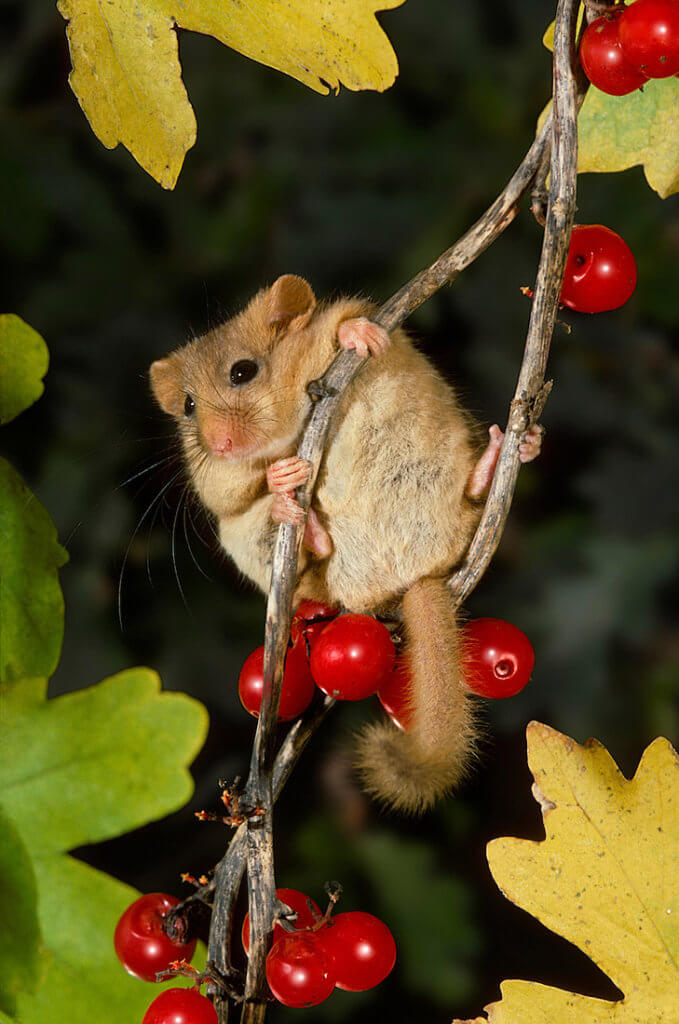
As an interesting aside, according to the Basingstoke Gazette and her official website, Basingstoke MP Maria Miller recently met Debbie Tann (CEO of Hampshire and Isle of Wight Wildlife Trust) to discuss an aspiration for a “Wilder Chineham and Sherfield Park”. For anyone who does not know the area, these two estates embrace the southern end of Cufaude Lane, with just a railway line to separate them from Upper Cufaude Farm. Rewilding aspirations are all very laudable I’m sure but how inconvenient that Maria Miller’s jurisdiction as MP extends to the boundary of the proposed new development but no further. Perhaps Hampshire and Isle of Wight Wildlife Trust can liaise with the relevant MP, Ranil Jayawardena, to extend the ‘rewilding’ love? Or maybe it’s better to wait until Upper Cufaude Farm has been ‘dewilded’ before embarking on the more newsworthy storyline of ‘rewilding’.
It’s always nice to end on a positive note, particularly where Basingstoke is concerned. The Cufaude Lane Toad Team includes a chap called Paul Beevers, a name familiar to many at Basingstoke and Deane Borough Council as a tireless advocate for wildlife. As well as helping save toads Paul is also a very practical man, involved in a range of other local environmental projects. I would like to share one of his success stories: St Mark’s Meadow in Basingstoke where restoration has transformed an uninteresting ‘green space’ into a vibrant patch of chalk downland, complete with Kidney-vetch and Small Blues. Well done Paul – keep up the good work.

Paul, you may have already considered this but local authorities have a statutory duty to under the NERC Act to ‘conserve and enhance’ biodiversity in all their work. Including planning decisions and management of their own estate. Section 41 species cover many of those you mention. As far as I’m aware this has never been tested in law but would apply in this case. Maybe this could be another test case for Wild Justice?
Thanks for the input Philip – indeed they do…
Four extra cars a day my arse. They’ve been smoking too much dope.
Sorry M Parry, but surely it takes cocaine to achieve this level of unreality ?!
Yes, we need more houses but the way we are going about it is reproducing all the problems of sprawl the post war planning system tried to combat. The complete detachment between the urban edge and the land around is a disaster – the green belt hasn’t failed, we’ve failed it by turning it into a no mans land waiting to be gobbled up.
The simple answer to the Basingstoke problem is that for every hectare approved for development 10 hectares should be turned into permanent wilder, open access space for people and for wildlife. Which shouldn’t be so difficult in this case because Hampshire County Council no doubt own a lot more than the land in the current development proposal. They may need reminding that they have public duties and are not just another neo-liberal money-making machine, but that would be a positive in itself.
What we need is not more homes but people to have fewer children. All this stuff (including the sub-station expansion in the wood) could be less of a problem, or not one at all, if we, as well as consuming less obviously, also reduced our population.
Why were the Woodland Trust all fussed up about a development in a wood? They like that sort of thing. Last year they were wanting to spend £9 million to attract around 110,000 visitors a year to Langley Vale Centenary Wood in Surrey with a visitor centre, car park, memorial park, playground and new paths. Thousands of trees were planted by local school children and residents and the trust sought planning permission to create the visitor centre to attract people from further afield. Would this increase traffic in the area? “Nooooooo – we’ll put up signs to divert traffic into someone else’s back yard”.
This year the Woodland Trust is all fussed up about a climate crisis. So much so that a lady (claiming to be a campaigner) on Twatface has travelled 4 hours just to see the tree in Langley Vale Wood. Presumably in a Big Yellow Taxi. I hope that when she got there she was charged a dollar and a half just to see ’em, before she travelled 4 hours home again. I expect 109,999 other people will be doing much the same.
Heffalump in the room is the NGOs’ existential threat